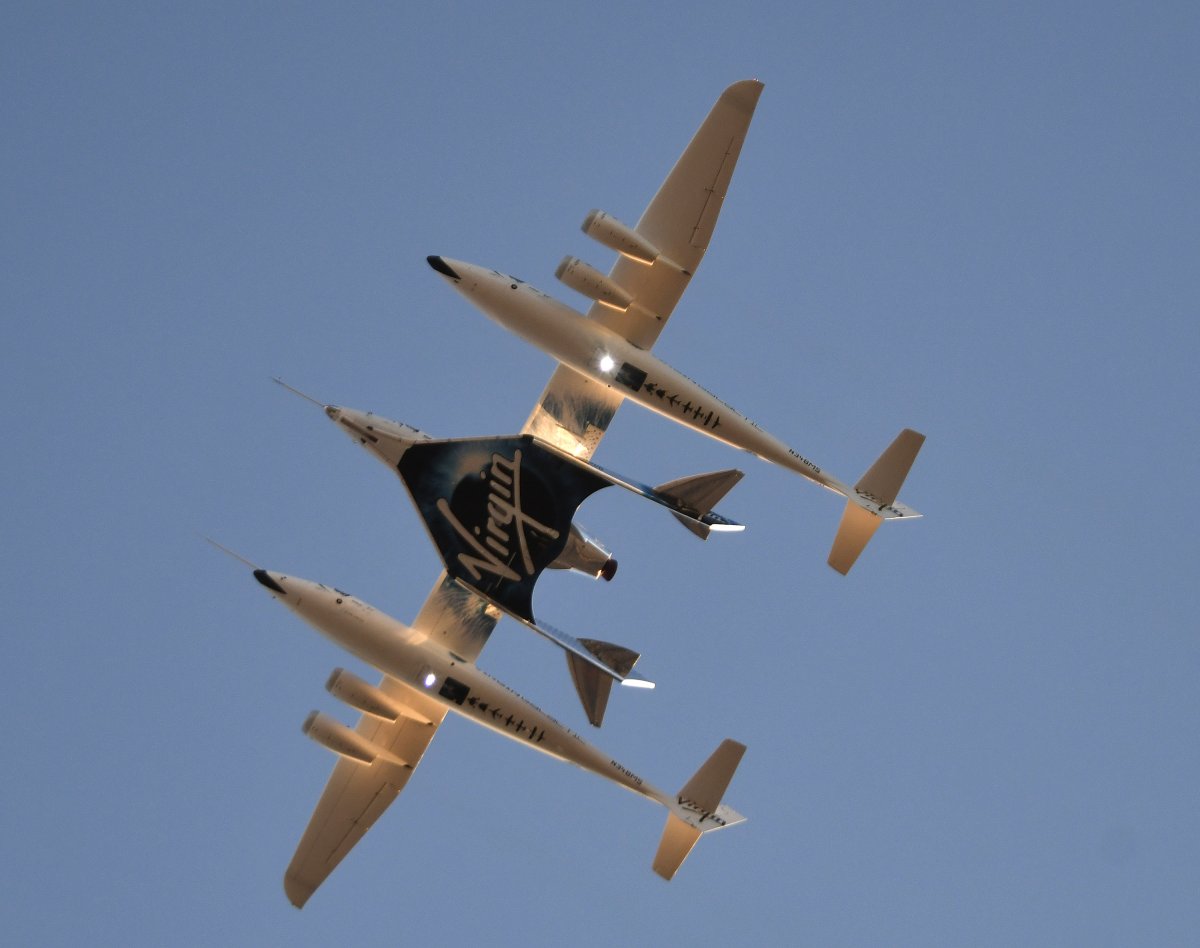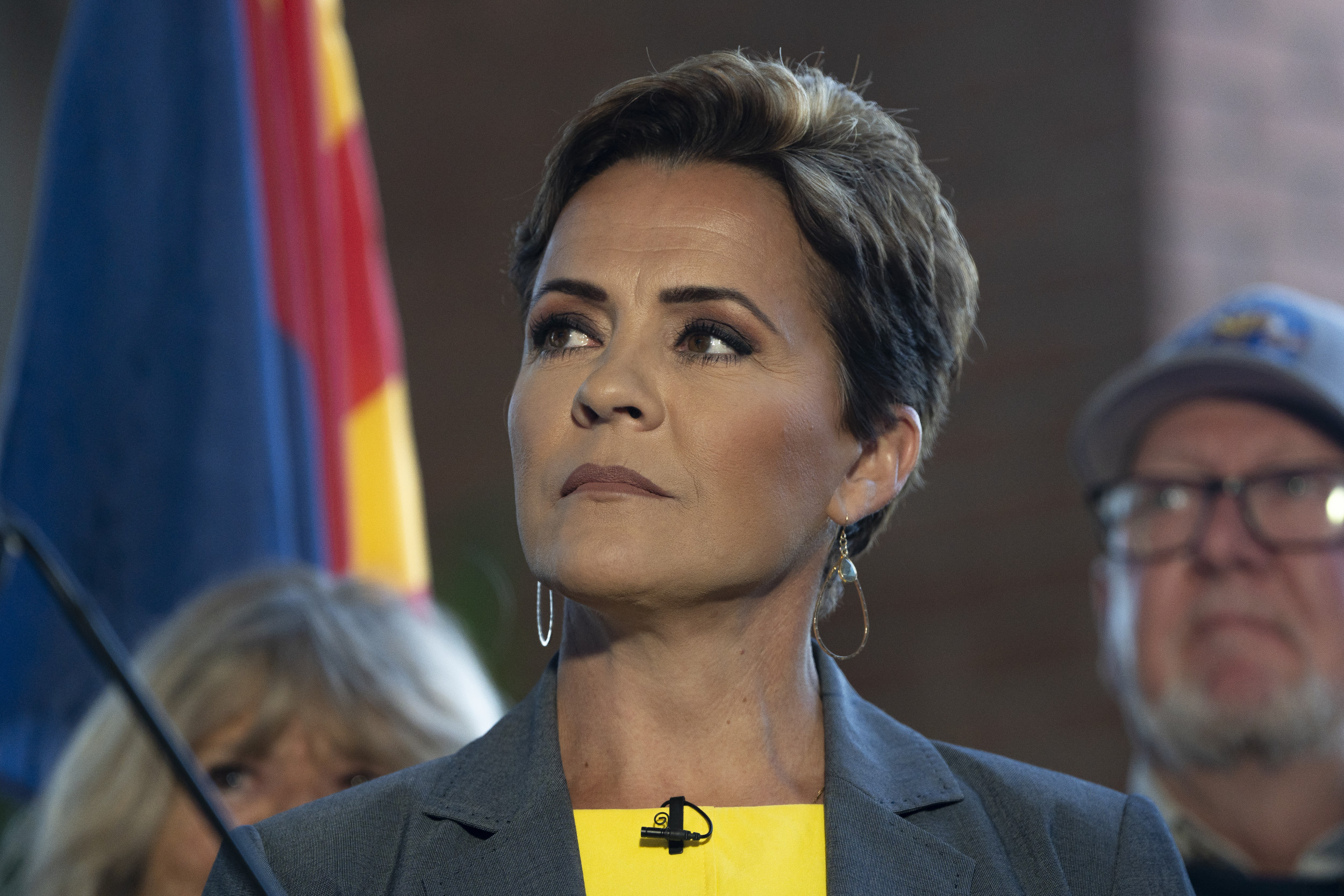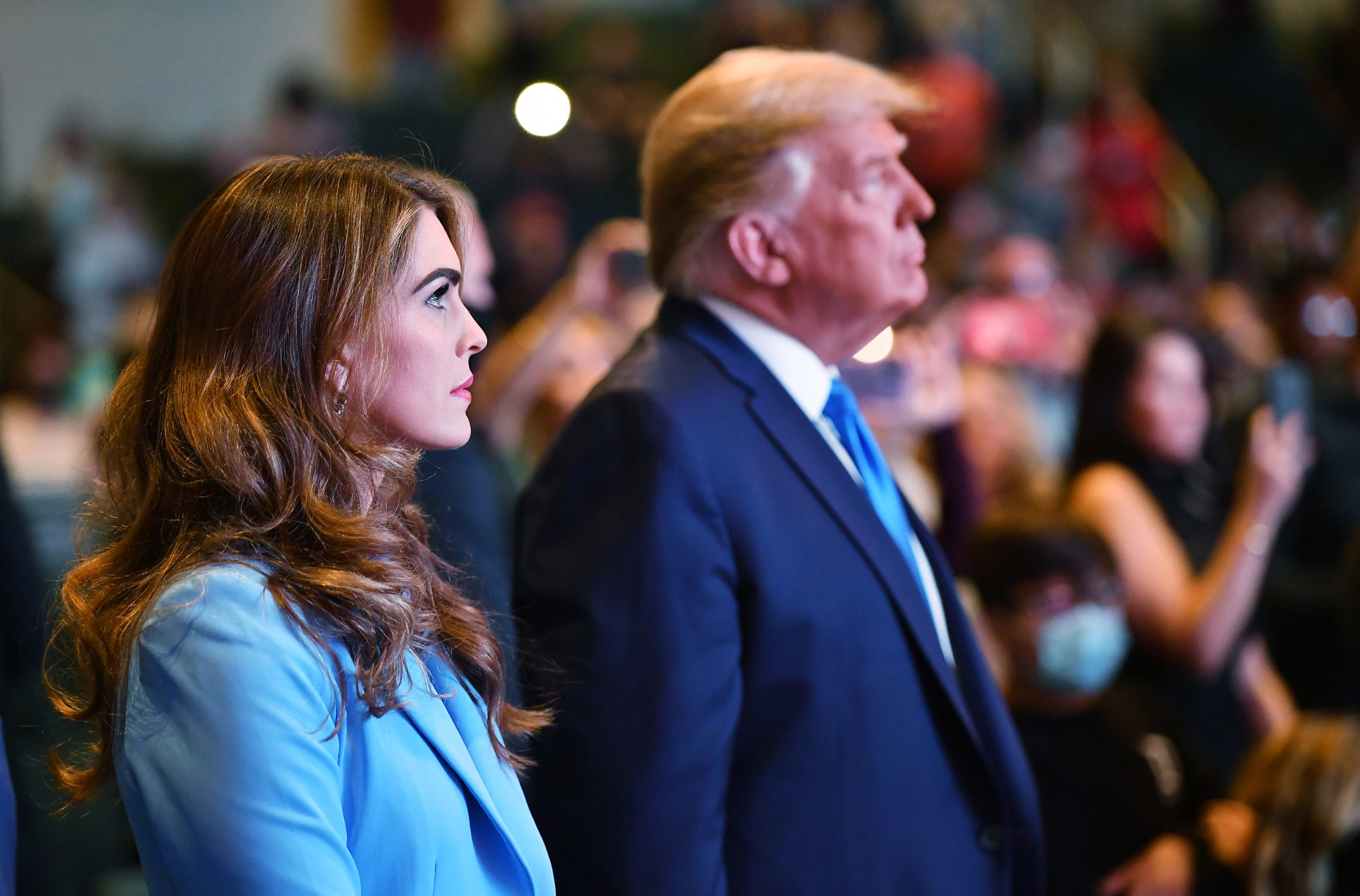What do you get a billionaire who has everything? Well, there's a good chance they're harboring hopes of a trip into space, recent evidence suggests.
Richard Branson, with his Virgin Galactic team, is set to pip Jeff Bezos, and his Blue Origin project, in funding his own journey out of Earth's atmosphere.
When he does, the British business magnate will be onboard a plane ...of sorts.
Here's how Virgin Galactic's Spaceflight Unity 22 works.
How do Space Planes Work?
In a two and a half-hour-long trip, Branson, his three crewmates, and two pilots are scheduled to take off, feel a weightless sensation and reach the very edge of space before returning to Earth.
A twin-fuselage carrier aircraft, called V.M.S. Eve, is scheduled to take off from a runway at Spaceport America in New Mexico, about 180 miles south of Albuquerque, at about 8.30 a.m. local time (10:30 a.m. ET).
The climb
It will climb to 9 miles before releasing SpaceShipTwo, a smaller rocket plane about the same size as an executive jet. The specific craft being used on Sunday is called V.S.S. Unity.
Its rocket engines will fire to propel the craft at close to 3.5 times the speed of sound in a near-vertical climb up towards the edge of space.

After about a minute, the pilots shut off the engines, and Branson and his three crewmates will have a rare and incredible view of the planet beneath them.
V.S.S. Unity is set to reach more than 50 miles above sea level—nearly 10 times the elevation of Mount Everest.
The pause
As it completes its arc, those onboard will feel a weightless sensation for somewhere between four and five minutes before the craft tilts as the Earth's gravity pulls it back down.
Beth Moses, the chief astronaut instructor at Virgin Galactic, has already experienced the exhilaration of an ascent on test flights, and said the view was "just phenomenal".

"Pictures don't do it justice," she told BBC News. "It's just so bright and beautiful. I saw the ocean, and halfway up the US and halfway down into Mexico. I saw the green of the land and the white snow-capped mountains.
"Because you are weightless and still, and the ship has come to a stop, you can just soak it in, in a really timeless way. It stuck in my soul."
The return
As the space plane makes its descent, two tail booms at the back rotate up to a "feathered" configuration to create more drag and stability.
While this will help the plane to re-enter Earth's atmosphere more gently, those onboard will experience six times the force of gravity.
Once back in the atmosphere, the tail booms rotate back down, and the plane should glide to a landing.
Not without risk
The expedition is not without risk. Virgin Galactic's first space plane, V.S.S. Enterprise, crashed during a test flight in 2014. Co-pilot Michael Alsbury died and pilot Peter Siebold parachuted out of the craft as it broke apart.
The controls were redesigned in order to prevent tail booms from being unlocked prematurely, which was given as the reason behind the tragedy.
In 2019, the company came close to another disaster when a new metal thermal protection film was improperly installed. It created excess pressure that ruptured a seal along one of the craft's stabilizers.
What About Jeff Bezos' Mission?
Now-former Amazon CEO, Jeff Bezos, has scheduled his space mission for July 20. That mission will not feature a space plane. Instead, the craft called New Shepard—after Alan Shepard, the first American astronaut in space—will use a traditional rocket.
Those on board are expected to reach a height of 65 miles, higher than the Virgin Galactic's craft and above the Karman Line, which is seen by many experts as the point at which the Earth's atmosphere ends and space begins.
Uncommon Knowledge
Newsweek is committed to challenging conventional wisdom and finding connections in the search for common ground.
Newsweek is committed to challenging conventional wisdom and finding connections in the search for common ground.
About the writer
To read how Newsweek uses AI as a newsroom tool, Click here.








